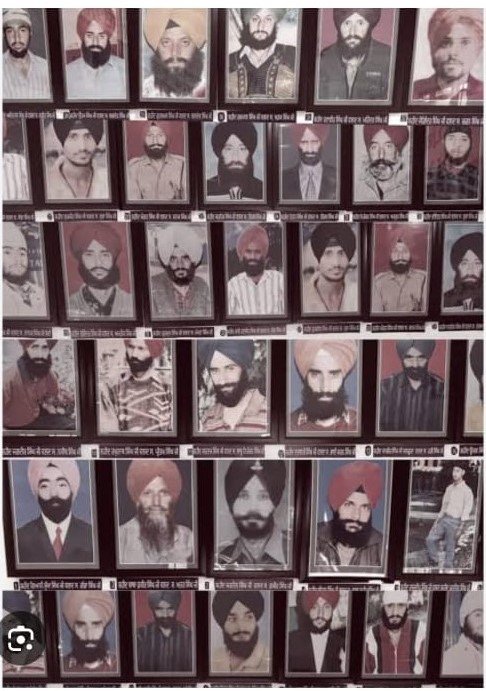(Kashmir Rechords Exclusive)
March 2000 was a season of jubilation in Kashmir. The air was filled with the spirit of Eid-ul-Azha, Holi—the festival of colors—and Nauroz, marking the Persian New Year. But what should have been a time of unity and festivity turned into an unspeakable tragedy. On the night of March 20, 2000, terrorists struck the peaceful village of Chittisinghpura in Anantnag district, leaving behind a trail of blood and sorrow. Thirty-five Sikh men were brutally gunned down in cold blood, shattering the sense of security of a community that had, until then, largely been spared from the horrors of militancy in Kashmir.
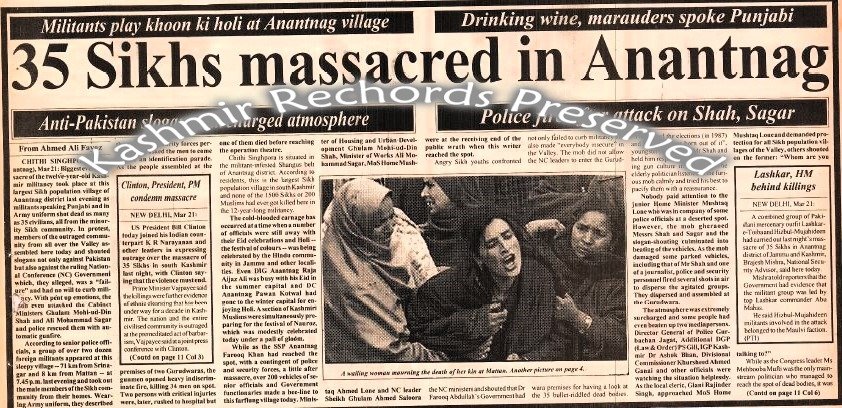
A Targeted Massacre on a Global Stage
The timing of the massacre sent shockwaves far beyond Kashmir’s borders. It coincided with the historic state visit of then-U.S. President Bill Clinton to India, leading many to speculate whether it was a calculated move by terrorists to gain international attention. While the identity of the perpetrators remains a matter of controversy, the Indian government pointed to the Pakistan-based Lashkar-e-Taiba (LeT) as the masterminds behind the attack. As with previous massacres, a vicious propaganda war ensued, with various factions attempting to shift blame onto government agencies.
Night of Terror: When Celebration Turned to Mourning
Dressed in Army fatigues, the terrorists had arrived in two groups from opposite ends of the village, targeting the two Gurdwaras. Moving methodically, they went door to door, ordering Sikh men to step outside. In the dark of the night, they were lined up and mercilessly shot dead. It was a chilling scene—an execution-style mass murder that turned Holi’s vibrant hues into the crimson of spilled blood.

Khoon Ki Holi: A Journalist’s Eyewitness Report
Veteran journalist Ahmad Ali Fayyaz was among the firsts to report from Chittisinghpura on that fateful day. His harrowing account, carried by Daily Excelsior, described the sheer brutality of the attack and the despair that gripped the survivors. The Sikh community, known for its resilience, was left shaken to its core. Kashmir Rechords is reproducing the newspaper cutting of that incident, with the byline of Ahmad Ali Fayyaz.
As news of the massacre spread, waves of anger swept through Jammu and Kashmir. The Sikh community, along with others, took to the streets in protest. Their fury was not just directed at Pakistan and militant groups but also at the ruling National Conference (NC) government, which they accused of failing to curb the growing militancy. The outrage even boiled over into physical attacks on Cabinet Ministers, as emotions ran high and trust in leadership crumbled.
A Region Caught Off Guard
Chittisinghpura lay in the volatile Shangus belt of Anantnag, an area already infested with militant activity. Yet, on that fateful night, security officials, according to Fayyaz, were conspicuously absent. Senior officers, including DIG Anantnag Raja Aijaz Ali and DC Anantnag Pawan Kotwal, were away celebrating Eid and Holi, respectively. Even as Shia Muslims observed Nauroz under a shadow of grief the next day, a chilling realization set in—Kashmir’s minorities were no longer safe.
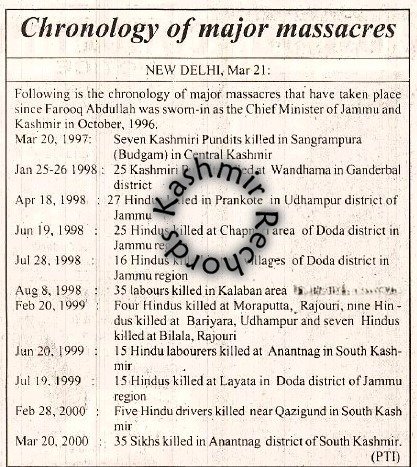
A Turning Point in Kashmir’s Conflict
The Chittisinghpura massacre marked a grim turning point in Kashmir’s turbulent history. Sikhs, who had largely been untouched by previous militant violence, became direct targets. The attack not only deepened the religious divide but also instilled a lingering fear among the region’s minority communities. Newspaper reports quoted a local milkman who had provided inputs and facilitated foreign militants to accomplish their nefarious designs.
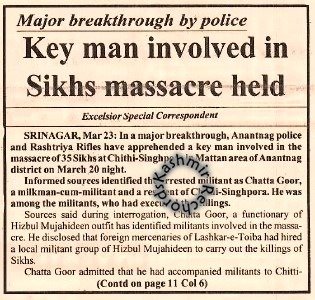
Remembering the Fallen
Decades later, the scars of Chittisinghpura remain unhealed. Each year, the Sikh community commemorates the lives lost, honoring their resilience in the face of terror. Their story is a painful reminder of Kashmir’s unresolved turmoil, a chapter that continues to haunt the collective memory of those who lived through it.
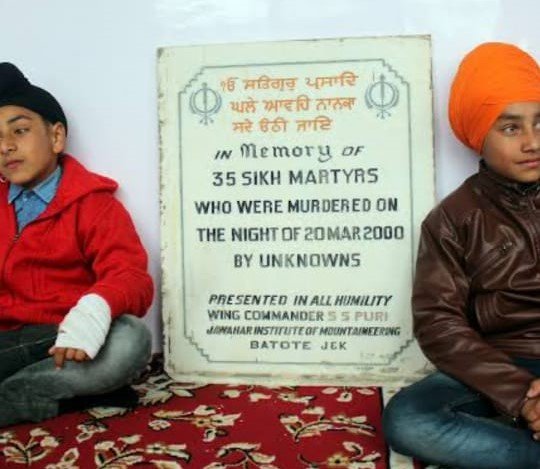
Even as time moves on, the echoes of that fateful night linger—a stark reminder of the cost of conflict and the fragility of peace.
